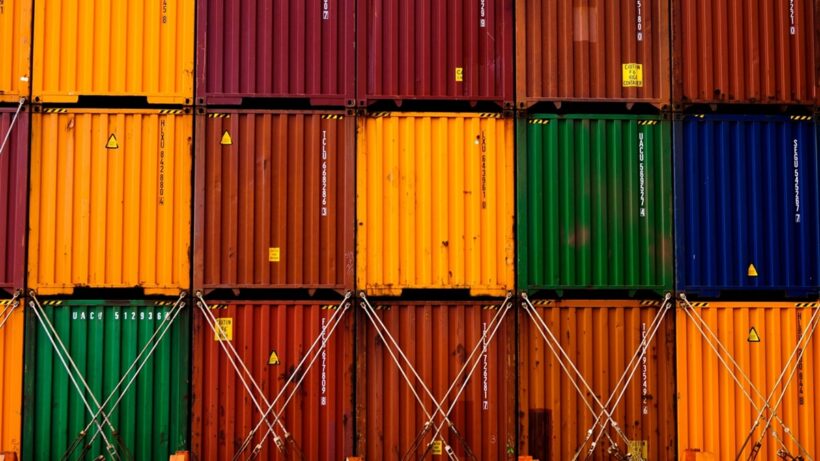Are you thinking of venturing into the imports and exports business? You need to familiarise yourself with the shipping container fumigation procedure. Not only does the process safeguard your goods and containers, but it’s also a legal requirement in Australia and around the world.
Not sure how to go about it? It’s important to at least have an understanding of how the process works, why it happens and what the fumigation requirements are. Know why when it comes to container fumigation services Melbourne residents prefer hiring the real professionals and why you should too. We’ll conclude the article by explaining how you go about picking the correct service provider.
Let’s get started.
What is Container Fumigation?
Container fumigation is the process of fumigating your cargo together with its packaging. The aim is to eliminate pests that may potentially endanger your containers, contents and most importantly, the country where they’re headed.
It follows that incoming containers must also be fumigated to avoid introducing pests from the country of origin.
Why is Cargo Container Fumigation Mandatory?
As mentioned, container fumigation is more than safeguarding your cargo. If the process isn’t taken seriously, a serious health pandemic can occur. Popular quarantine pests are known to seek refuge in cargo. Lady beetles and the brown marmorated sting bugs are common examples.
When these pests are introduced to foreign environments, they may pose a major threat to international health by introducing diseases. Either that or they may destroy flora and fauna in the country of destination. For this reason, businesses involved in cargo shipping must abide to both national and international laws regarding container fumigation.
How Does Container Fumigation Work?
The fumigation process will vary from one service provider to the next. And it’ll also depend on the type of containers being fumigated. But generally, the procedure is done using safe chemicals. Most companies use gases for the disinfection process. Methyl and phosphine are examples of safe but effectives gases used during fumigation.
In some cases, the containers are fumigated before goods are loaded. However, in most instances, fumigation occurs when contents are already loaded. Whatever the case, before the fumigation process commences, the container should be in good condition with structures intact. After inspection the following steps are taken:
- A probe is inserted into the container
- Gas is injected through the probe
- Container doors should be closed throughout the process
- After treatment, containers are left to air out before merchandise is released
After the fumigation process the following information must be attached to the container:
- A sticker signifying date and time of treatment
- Information about the fumigating company
- Name of technician handling the process
Proof of Fumigation
Over and above stickers containing treatment information and name of company responsible, you have to show proof of fumigation to port authorities. Fail to do so and your goods simply won’t be allowed into the intended country.
You’ll need to produce the necessary permits, proof of treatment as well as a fumigation certificate. A fumigation certificate is proof that the process was conducted in a correct manner—if at all.
This document—also known as a pest-control certificate—is issued by the fumigator. This certificate will contain information such as:
- Details of treatment process
- Purpose of treatment
- Chemicals used
- Temperature ranges
- Nature of cargo
Wooden containers are at higher risk of attracting and being damaged by pests. That’s why all wooden containers for shipping must have the ISPM15 stamp. This applies to containers made of both hardwood and softwood. The stamp shows that the containers are fumigated in compliance with guidelines for wood packaging being shipped around the globe.
How to Pick the Correct Fumigation Company
Now that you have all the facts regarding the process, it’s important to pick the right fumigation company for the job. Opt for a professional company which is:
- Licensed: Is the company licensed and registered with relevant authorities to carry out the task? Is the license current? A licensed company isn’t only in compliance with the industry operating procedures but also gives you some degree of accountability when required.
- Qualified: Are the company fumigators trained and qualified to perform the task? Are they certified by relevant boards?
- Experienced: How long has the company been in business? Is the company’s reputation favourable? Opt for a company with years of experience in the field and a positive reputation. Take your cue from online reviews and what past customers have to say about the company’s service delivery.
- Insured: Is the company insured in the event that chemical exposures or accidents occur? Will your employees, containers and cargo be financially protected?
Final Thoughts
Container fumigation is an integral part of the shipping process. Your goods, containers and the general environment are protected. Simply play your part. Besides, it’s the law. Engage the services of a professional company who’ll conduct the job thoroughly and effectively
Do you now know all there’s to know regarding cargo fumigation? Leave us a comment below.
Laila Azzahra is a professional writer and blogger that loves to write about technology, business, entertainment, science, and health.
